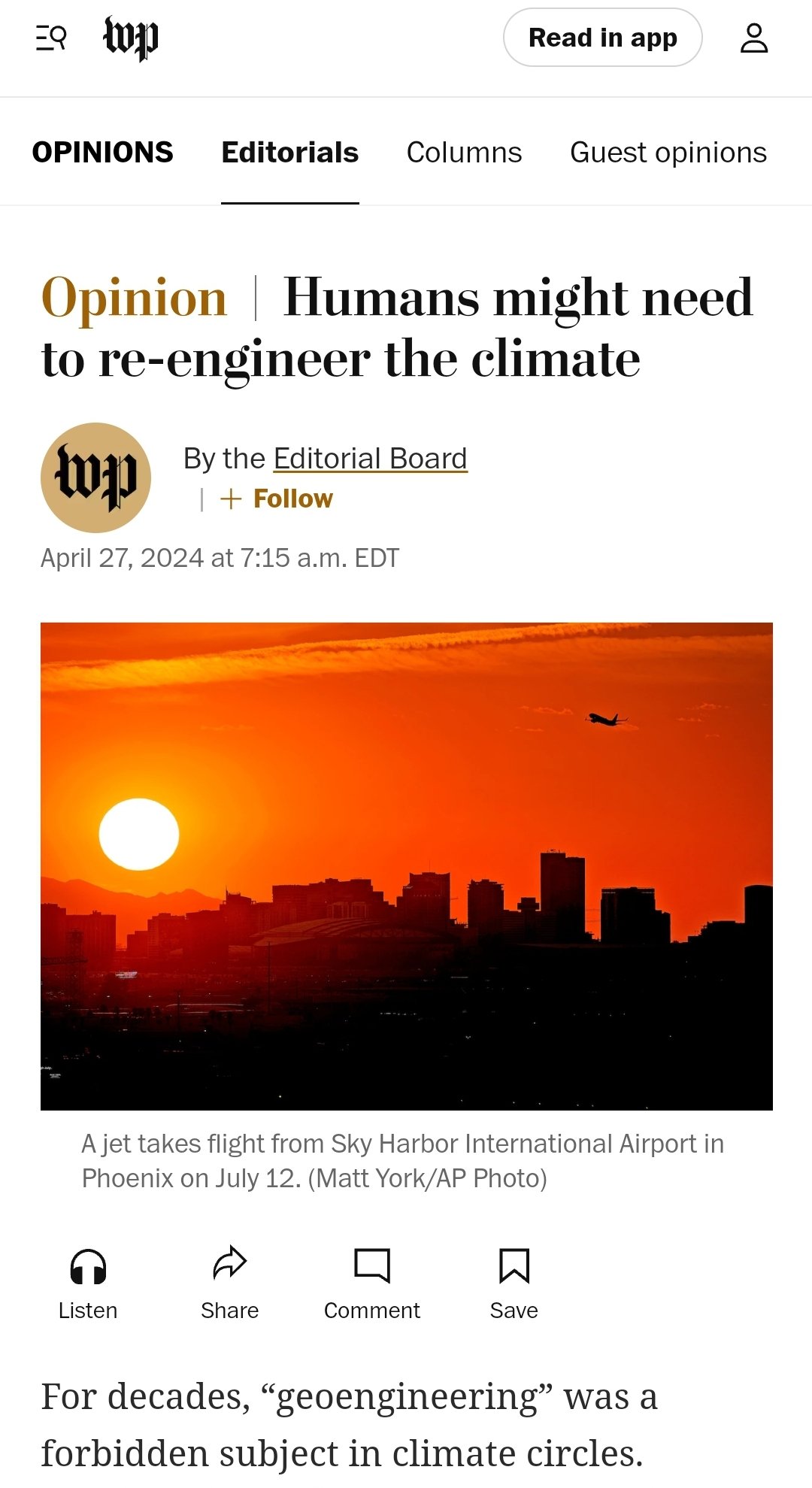By Paul Homewood
The Daily Sceptic exposes Walt Meier’s double standards!
Antarctica sea ice is at a “mind-blowing” record low winter area of 17 million square kilometres, reports a three-person BBC “News Climate & Science and Data Journalism Team”, as lower levels than those recorded in the recent past provide the cue for yet more media climate hysteria. Of course, the BBC headline is clickbait nonsense, not least because it has been generally known in scientific circles that early NASA Nimbus satellites showed even lower winter levels around 15 million sq. kms in 1966. But the BBC story does provide an excellent example of how science is twisted to fit the political narrative supporting the collectivist Net Zero agenda. Any unusual variation in weather and natural events is treated as evidence of a climate collapse requiring urgent human intervention.
The BBC reports that according to satellite data, sea ice surrounding Antarctica is well below any previous recorded winter level. It is said to show a worrying new benchmark for a region “that once seemed resistant to global warming” — that last phrase of course is a reference to the fact that Antarctica has shown little or no warming over the last 70 years. Dr. Walter Meier, who monitors sea ice with the Colorado-based National Snow and Ice Data Centre, helpfully added: “It’s so far outside anything we’ve seen, it almost mind-blowing.”
#
This would appear to be the same Dr. Walter Meier who was part of the science team that cracked open the secrets of the early Nimbus data that revealed significant Antarctica sea ice variability in the 1960s, including a high in 1964, not seen again until 2014, and the low for 1966. This is what he told NASA Earth Data in 2016:
Even in the passive microwave record [available since 1979] for the Antarctic you see these seesaws where the ice concentrations go up and down, so extreme high or extreme low are not that unusual. What the Nimbus data tell us is there’s variability in the Antarctica sea ice that’s larger than any we had seen from the passive microwave data. Nimbus helps put this in a longer term context and extends the record.
Full story here.
Dr. Walter Meier was part of the science team that cracked open the secrets of the early Nimbus data that revealed significant Antarctica sea ice variability in the 1960s, including a high in 1964, not seen again until 2014, and the low for 1966. This is what he told NASA Earth Data in 2016:
“Even in the passive microwave record [available since 1979] for the Antarctic you see these seesaws where the ice concentrations go up and down, so extreme high or extreme low are not that unusual. What the Nimbus data tell us is there’s variability in the Antarctica sea ice that’s larger than any we had seen from the passive microwave data. Nimbus helps put this in a longer term context and extends the record.”





